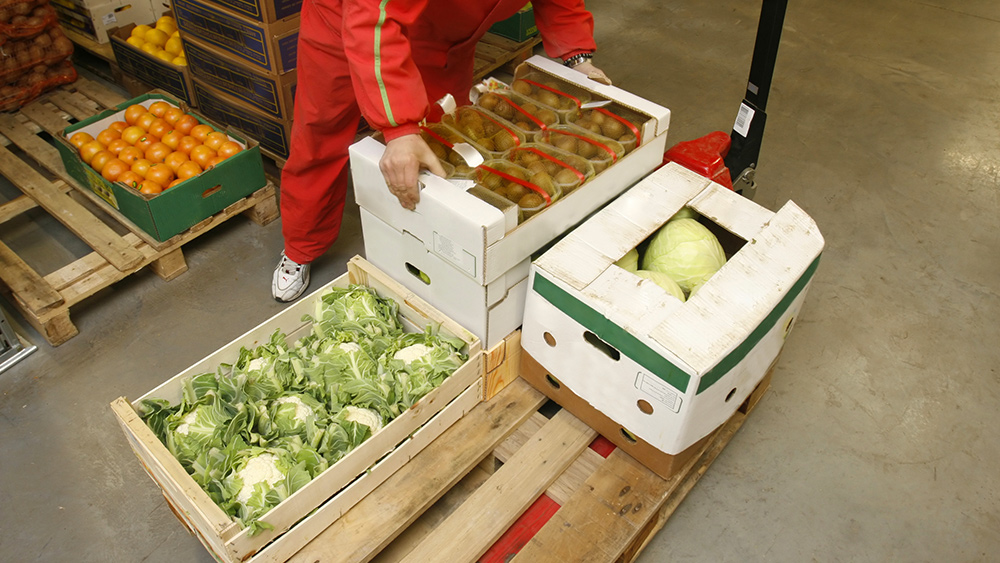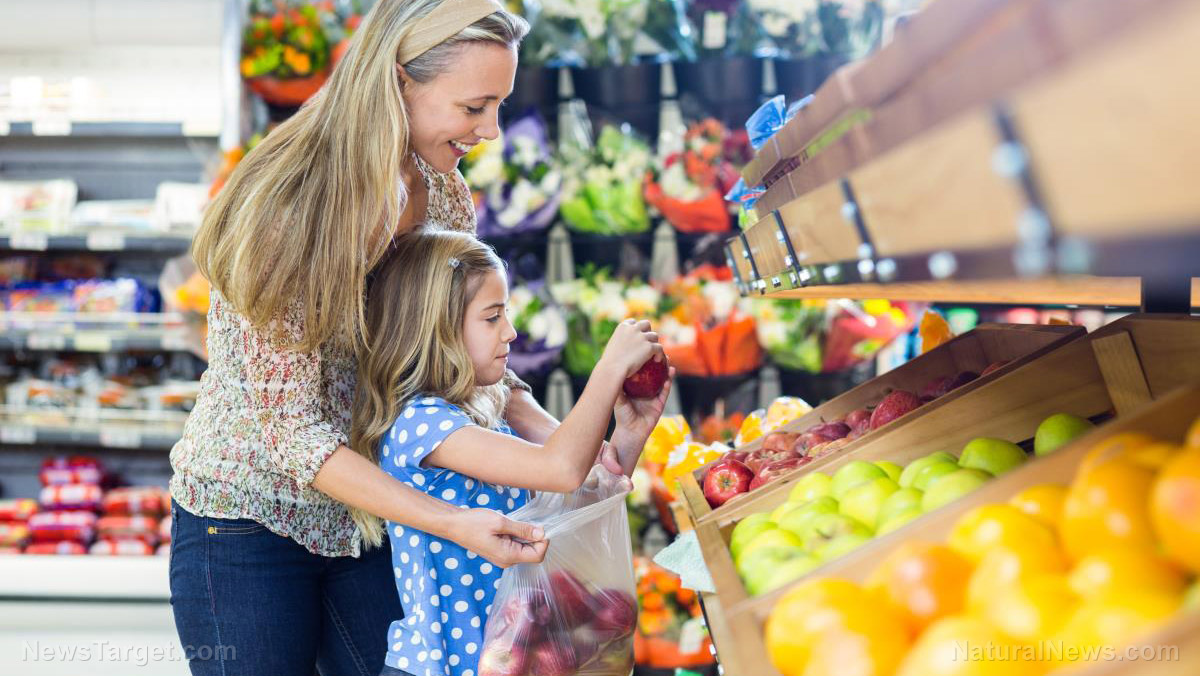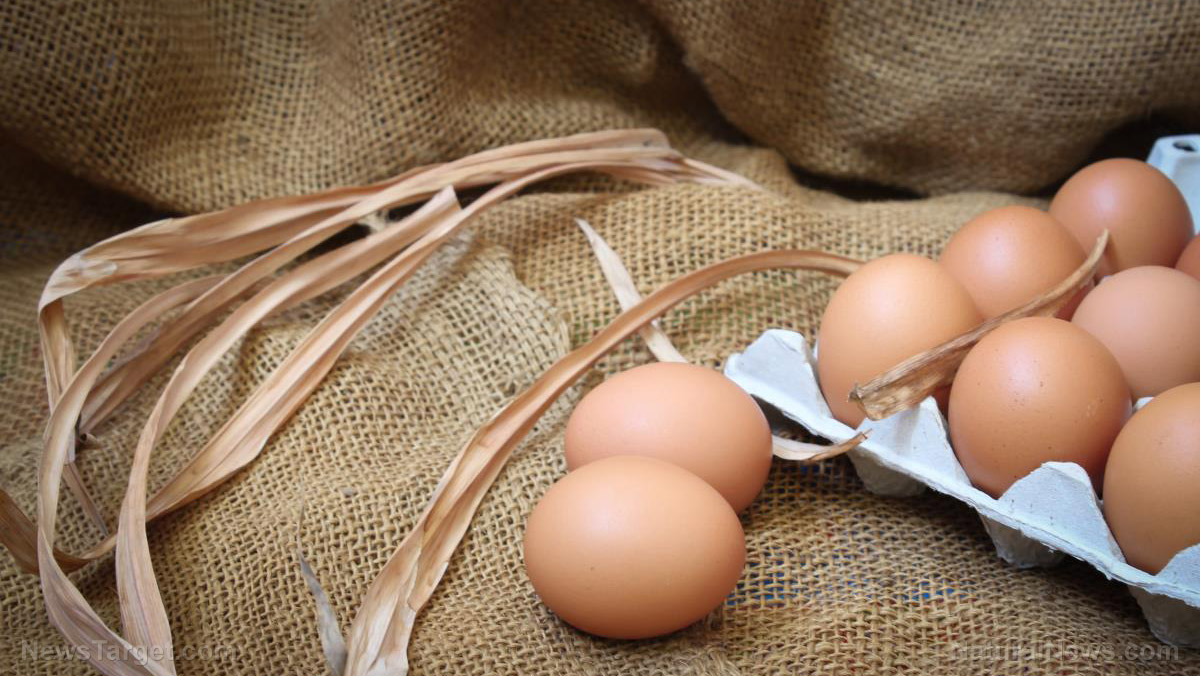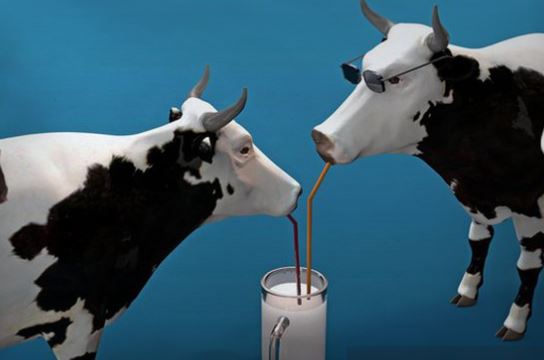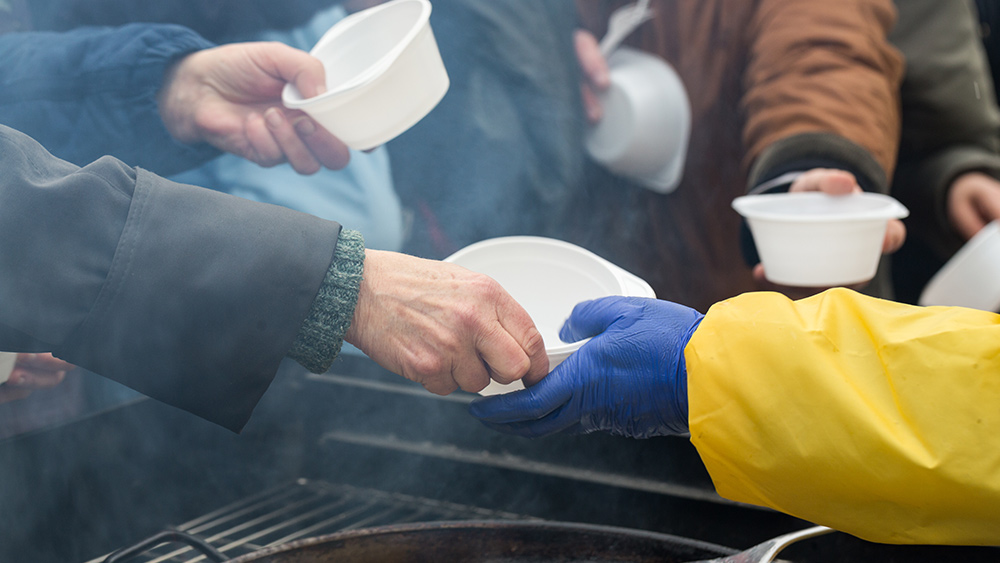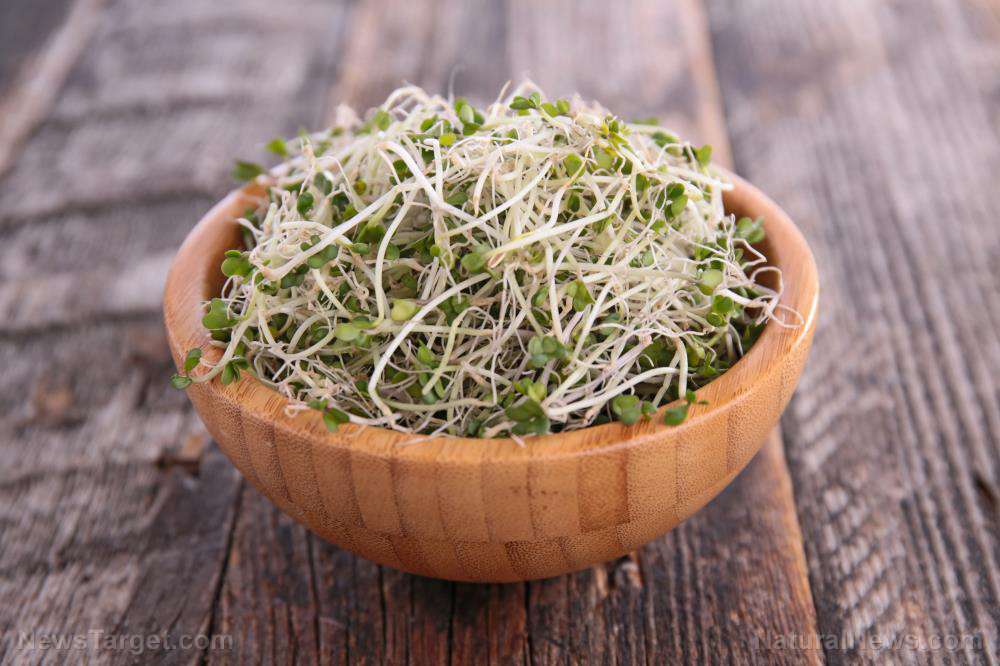A crash course on food drying for preppers
04/08/2020 / By Mary Miller
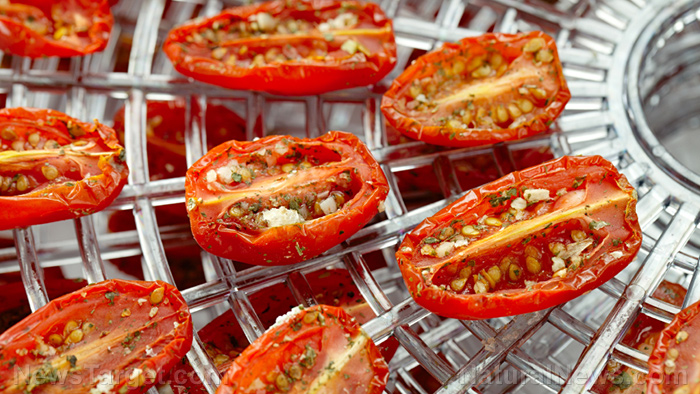
If you want to avoid starvation when SHTF, you need to have a well-stocked pantry of nutritious meats and organic produce for long-term storage. The problem is that a lot of food won’t last for very long without undergoing some sort of food preservation technique. Fortunately, drying is one of the best food preservation methods due to its high retention of essential nutrients. Follow this survival guide on how to dry your own food when SHTF. (h/t to PreppersWill.com)
Moisture in food is what leads to the growth of bacteria and spoilage, which is why the process of drying or dehydrating involves removing as much moisture from the food as possible, while exposing it to moving air and increasing temperatures. Once the moisture has been removed, you can still save up to 97 percent of your food’s original nutrient content through proper food drying methods. Aside from retaining most of the food’s nutritional content, food drying is convenient because it requires less electricity and takes up less space than other food preservation methods.
Primary methods of food drying
The three main ways you can dry your food are with the sun, an oven or a food dehydrator. Each one has its own advantages and disadvantages.
Sun drying is best suited for fruits, such grapes, figs, apricots and peaches. Your main concern with sun drying is keeping your food clean and free from any pesky bugs. Laying a clean cheese cloth over your food tray should remedy this. Because sun drying relies heavily on the weather, it should only be done on hot days with relatively low humidity and temperatures of 85 F or higher.
Oven drying is ideal for apples, nuts and certain vegetables. This method of drying requires frequent monitoring. You have to make sure the temperature is not too low that your food spoils before it dehydrates or too high that it cooks the food instead. A safe estimate would be around 130 to 150 F, so be sure to have an oven with this temperature range if you plan to oven-dry your food.
Using a food dehydrator is the best overall drying method because it offers the most controlled drying environment. You can easily customize your settings on a food dehydrator for different types of food. A food dehydrator is best suited for drying most fruits, vegetables and lean meats. It can also be used to make pemmican, granola, tempeh, natto, sprouted flour and fruit leather. (Related: 10 Ways to use your dehydrator and store food for long-term storage.)
How to dry your food
Before drying your food, cut your meat or produce into small, uniform cubes or strips for a more efficient drying process. Next, certain foods must first be boiled or heated over a steamer for several minutes to eliminate bacteria. This applies for most yellow and green garden vegetables, as well as lean meats. This causes the vegetables to be “enzyme-treated” for maximum nutrient retention. A few exceptions to the rule include tomatoes, peppers, onions, celery and most herbs and fruits. Once your food reaches boiling temperatures, move it to your food dehydrator, oven or tray under the sun. Do not allow it to cool. You should carefully place your food in a single layer with enough space in between each piece to avoid overlapping.
The ideal temperatures for drying foods are 95 F for herbs, 125 F for vegetables, 135 F for fruits and fruit leathers, and 145 F for meats and beef jerky. The amount of time it will take for your food to completely dry out will depend on its water content and the overall temperature and humidity of your drying method. Check the dryness of your food every few hours to know when it is done. Fruits and meats should be dry and leathery while vegetables should be dry and brittle.
Once your food is finished drying, store it in airtight containers in a cool, dry place. Learn more about food storage and preservation techniques by going to FoodStorage.news.
Sources include:
Tagged Under: drying techniques, food dehydrator, food drying, fresh produce, fruits, homesteading, how-to, meats, off grid, organics, outdoors, oven drying, preparedness, prepping, self sufficiency, self-reliance, SHTF, sun drying, survival, sustainable living, vegetables, veggie
RECENT NEWS & ARTICLES
FoodStorage.News is a fact-based public education website published by Food Storage News Features, LLC.
All content copyright © 2018 by Food Storage News Features, LLC.
Contact Us with Tips or Corrections
All trademarks, registered trademarks and servicemarks mentioned on this site are the property of their respective owners.

